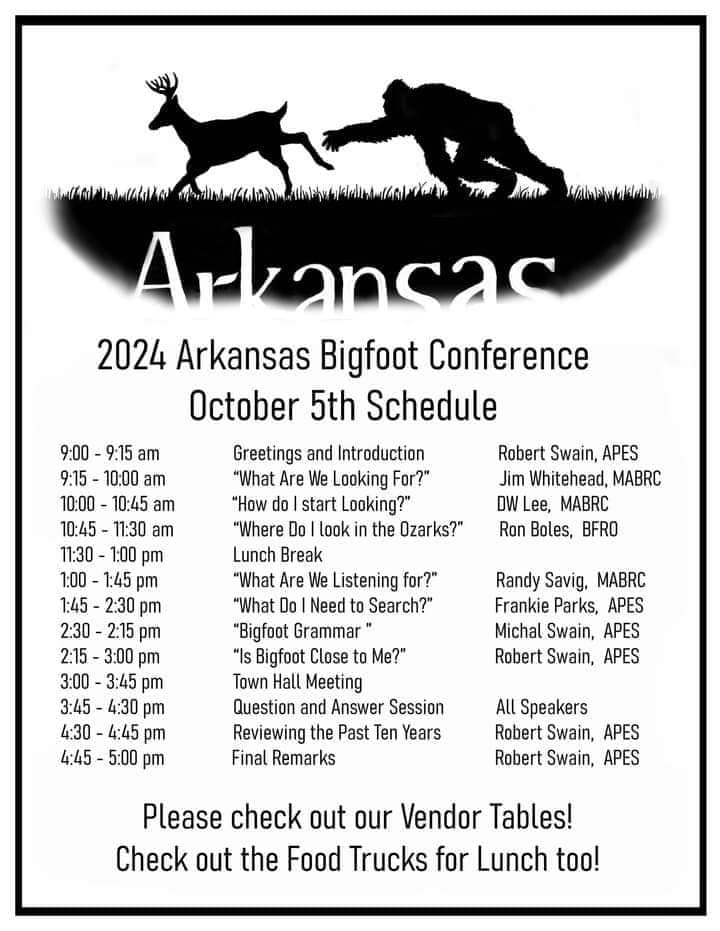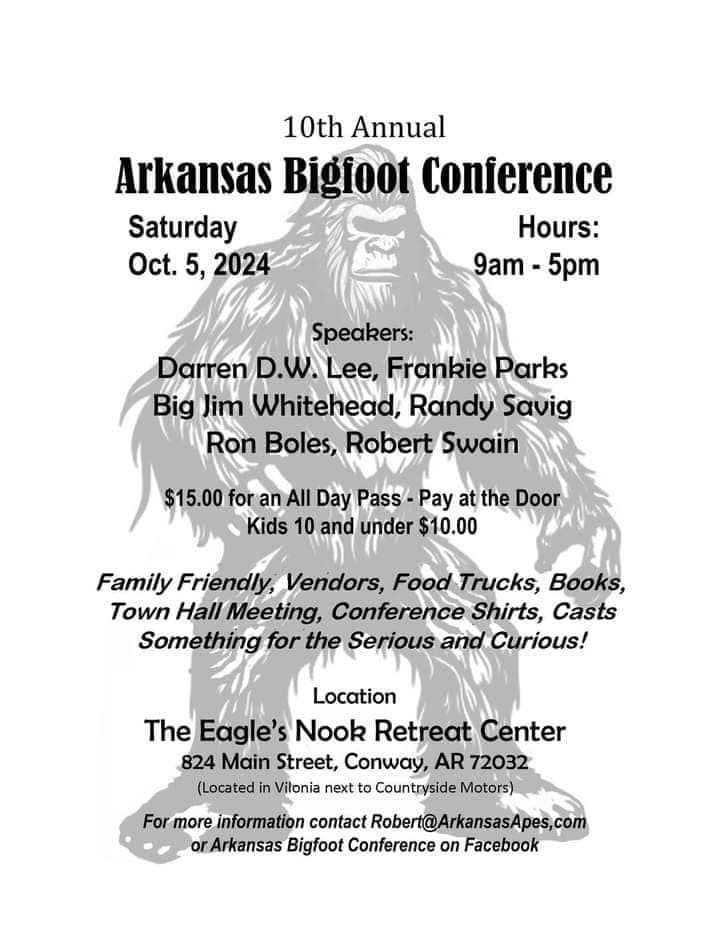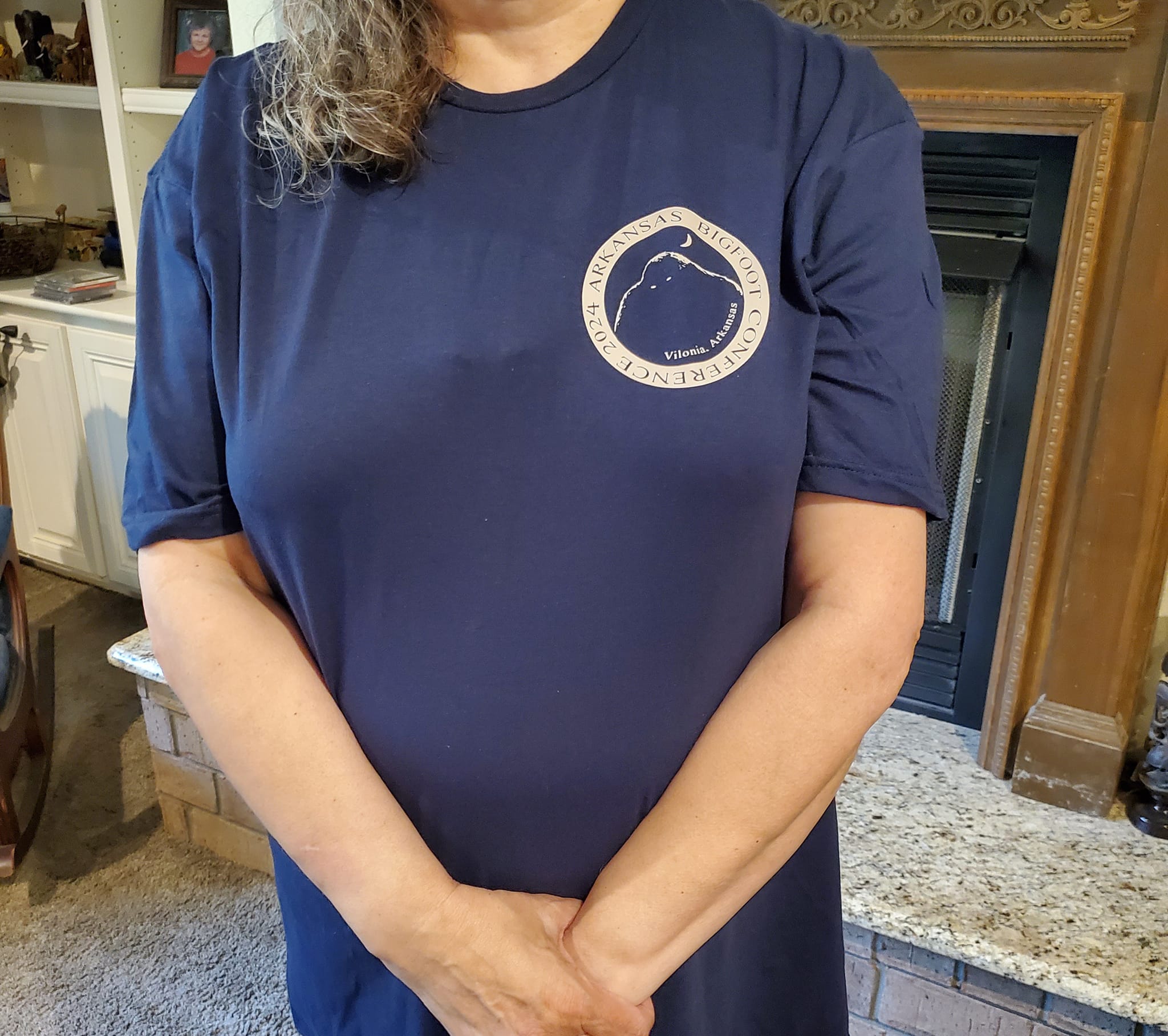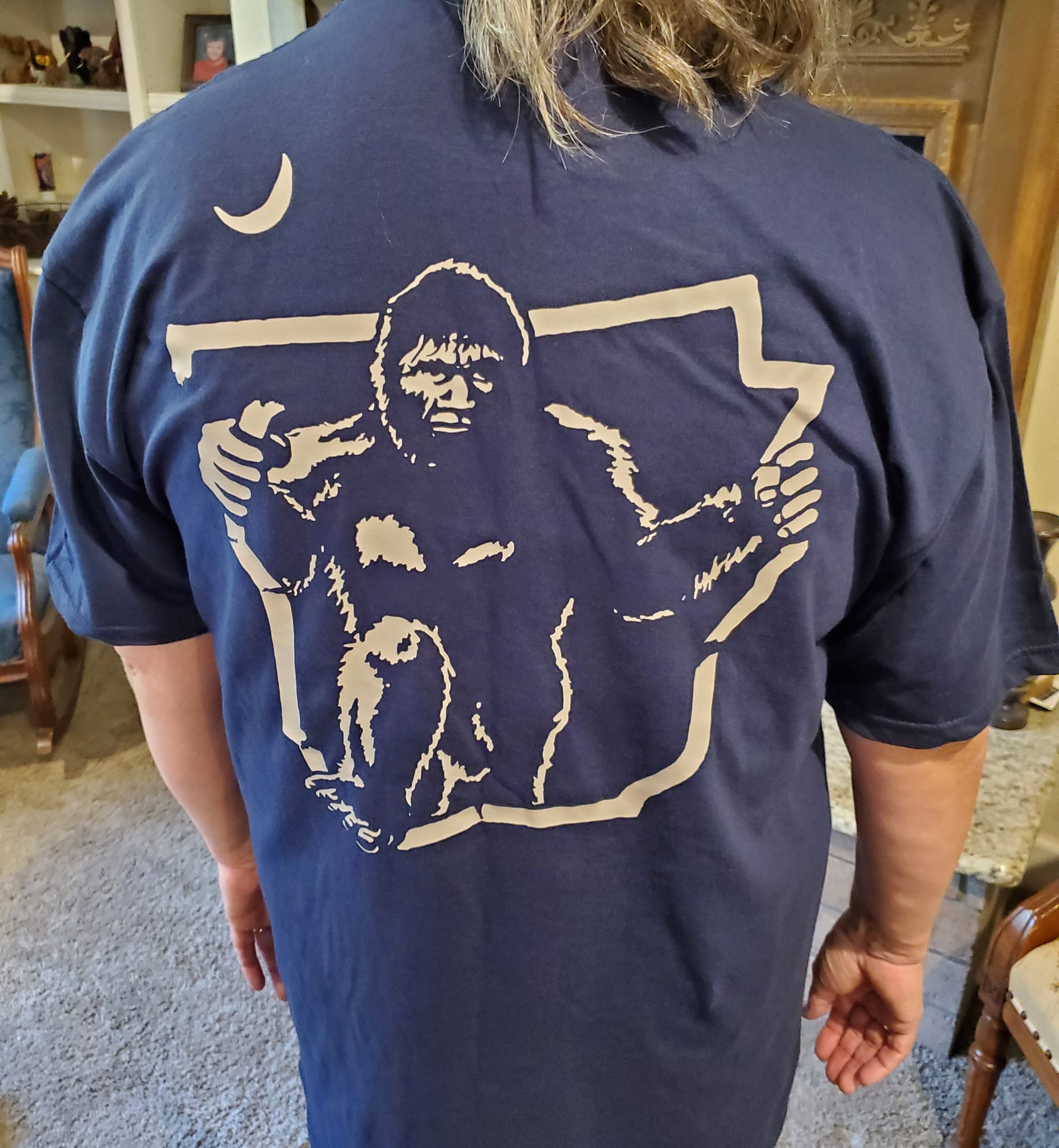Thermal Camera Drop Box
- Details
- Category: Uncategorised
- Published: Saturday, 04 January 2025 01:12
- Written by Super User
- Hits: 5024
D.W. "Darkwing" Lee has been working on a new concept similar to the audio drop box that the Mid-America Bigfoot Research Center (MABRC) researchers use in their research, in which audio recorders placed in drop boxes are placed out around a large area to collect audio recordings. This concept has evolved into the thermal camera drop box, in which a thermal camera, with audio being recorded at the same time to just one video file. Here is the information that D.W. has provided on Facebook.









